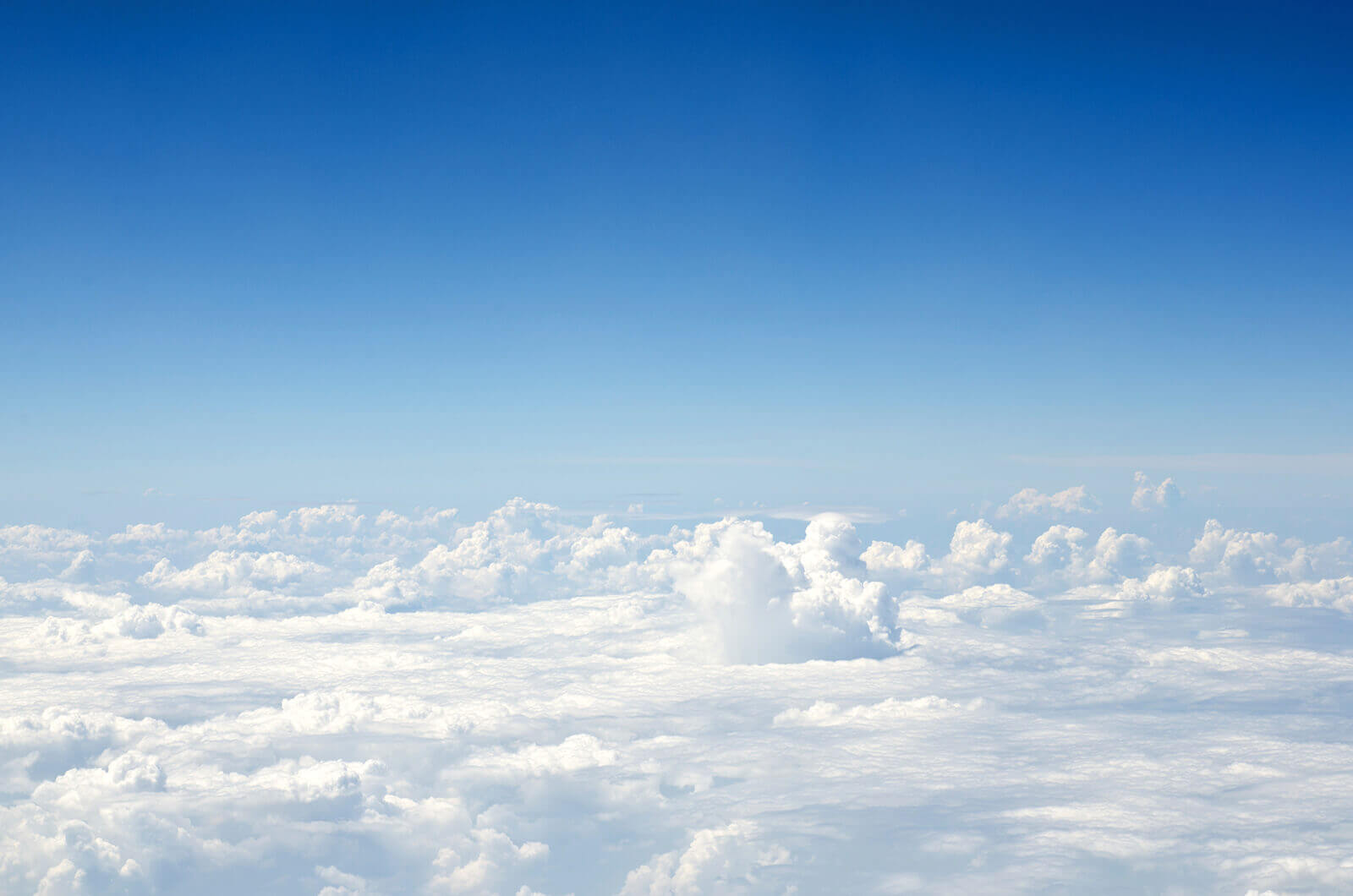
Cheap flights to Bundaberg
Find cheap flights to Bundaberg with Cheapflights
1. Tell us where you want to go
Enter your travel information like dates, passengers, trip type (one-way or round trip), and preferred cabin class then click “Find deals”2. Select your favorite providers
We find the providers serving your travel needs. Choose up to four travel providers to compare side-by-side for flights, hotels, or car rentals.3. Compare prices and book
Review each provider’s pricing and select the best option for you! Book through your favorite provider’s website for a seamless experience.Best time to book a flight to Bundaberg
Have a flexible travel schedule? Discover the best time to fly to Bundaberg with our price prediction graph.
Cheapflights Insights
Everything you need to know about your flight to Bundaberg
Rainfall in Bundaberg by month
In terms of precipitation, rainfall in Bundaberg ranges from 0.8 - 8.3 inches per month. January is typically the wettest month, when rainfall can reach 8.3 in. August is typically the driest time to visit Bundaberg when rainfall is around 0.8 in.
Temperature in Bundaberg by month
If weather is an important factor for your trip to Bundaberg, use this chart to help with planning. For those seeking warmer temperatures, January is the ideal time of year to visit, when temperatures reach an average of 77.0 F. Travelers looking to avoid the cold should look outside of July, when temperatures are typically at their lowest (around 59.0 F).
FAQs about flying to Bundaberg
Best Time to Fly to Bundaberg, Australia
The subtropical climate of the Queensland coastline makes Bundaberg an attractive destination all through the year. In the summer season, between December and February, the town sees rising temperatures up to approximately 100 degrees (Fahrenheit), with high rainfall. If you prefer to visit the town in more comfortable temperatures, the winter season between May and September offers a pleasant but cooler climate. During the wet season between December and April fewer tourists visit the Queensland coast. You can dodge the showers and the crowds by booking during this period for a much more relaxed holiday. Flights and accommodation during this season tend to be cheaper too, meaning you can get some really fantastic deals at this time of year.
Getting around Bundaberg, Australia
Although it’s easy to explore the town on foot, you can simply hop on one of the local buses. The bus routes extend to the local suburbs and beaches, including Bargara and Innes Park on the coast. The town also has its own railway station, where you can make the journey to Brisbane by passenger train in four and a half hours.